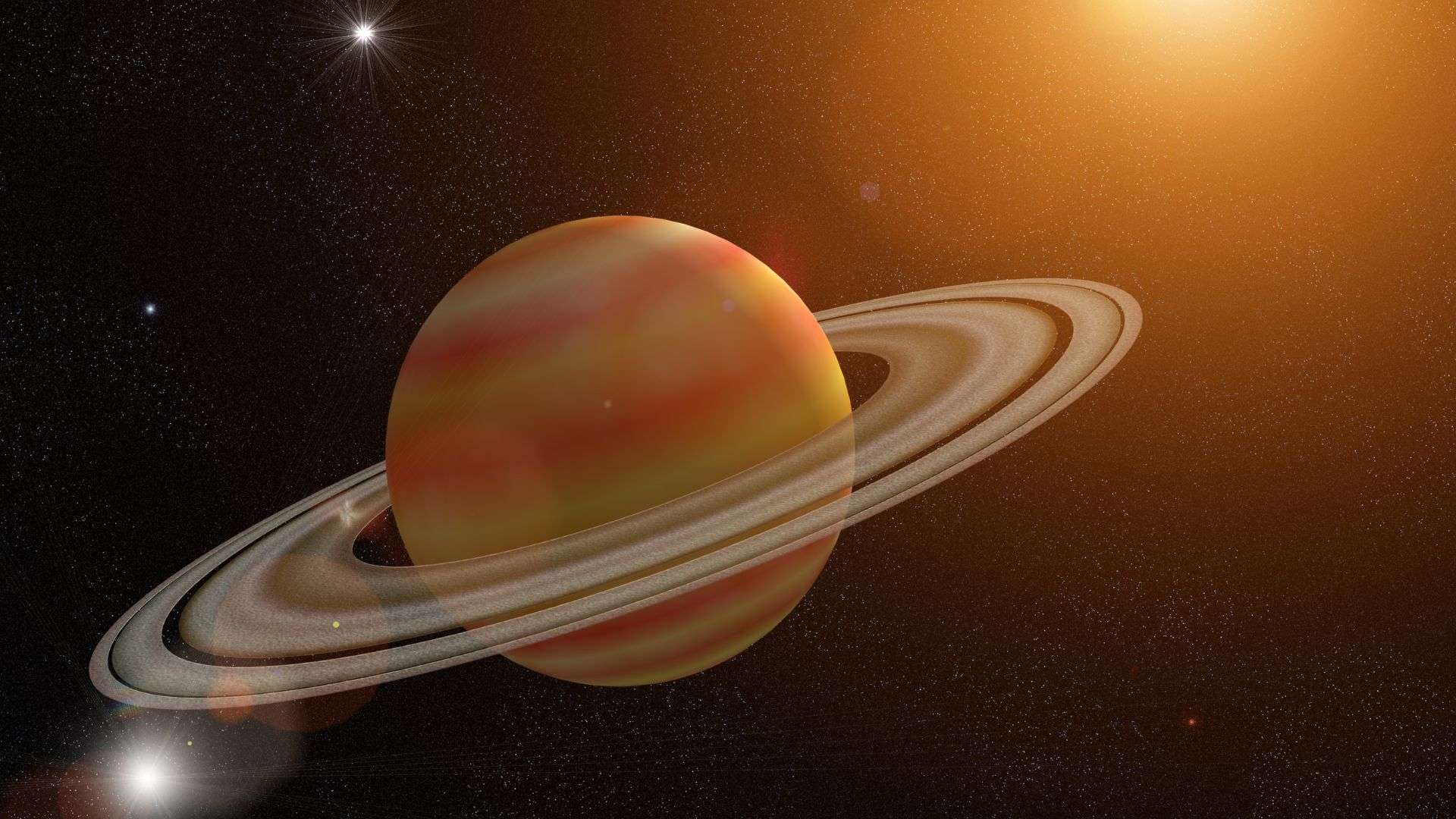A study by NASA researchers calculates how long it will take humanity to send astronauts both to other planets in the Solar System and to distant worlds around other stars
If we want to survive as a species in the long term, we need an aggressive and sustained space program that includes the colonization of other worlds beyond Earth. So drastic is the conclusion of a study carried out by NASA researchers and recently appeared in the magazine ‘Galaxies’.
Drawing on empirical data on the advancement of space exploration and computing power over the past six decades (measured in the number of transistors per processor, which doubles every year), Jonathan Jiang and his colleagues at the Jet Propulsion Laboratory in California have created a model that is capable of calculating how long it will take for humanity to establish colonies, both in the Solar System and on different planets around other stars.
“The choice of this critical parameter -explains Jiang- is motivated by the fact that its exponential development is parallel to that of space exploration technology”.
“The goal of this analysis – the scientists write in their paper – is to provide an estimated time frame for humanity to become a multi-planetary species through colonization beyond our world.” Doing so will increase, to the point of being almost guaranteed, the long-term chances of humanity surviving “natural or man-made calamities that could affect life on Earth”.
According to the study, “Beginning with the development and deployment of the first nuclear weapons near the end of World War II, humanity entered a ‘Window of Danger’ that will not close safely until robust off-planet colonies become a reality.” But when will that be?
“Our findings,” the scientists write, “suggest that the first human-crewed missions to land on Mars, select Asteroid Belt objects, and select moons of Jupiter and Saturn may occur before the end of the 21st century. Humans to exoplanet destinations within approximately 40 light-years of the Solar System are considered possible during the 23rd century, and the launch of intragalactic missions in the late 24th century.”
More specifically, the study foresees a manned mission to Mars for the year 2038, followed by the first missions to the asteroid belt in 2064 and to the moons of Jupiter and Saturn in 2076 and 2086, respectively.
The ‘interstellar jump’, however, will take us longer. Jiang and his team believe that the first humans will be able to reach Proxima Centauri, (the closest star to Earth, 4.2 light-years from us), in the year 2254. Shortly after, in 2270, we will triple that distance to reach Tau Ceti, (12 light-years from Earth) and 20 years later, in 2290, we will be able to send astronauts to the Trappist 1 planetary system (about 40 light-years away), which has up to seven planets rocky Almost a century later, around 2383, we will be able to reach any destination up to 15,000 light-years away from Earth, making us an ‘intragalactic’ species.
In this sense, scientists recall that about 14,000 light-years away, in the direction of Sagittarius, “a region has been suggested that could accommodate complex life, including a technologically developed civilization.”

Comments are closed.